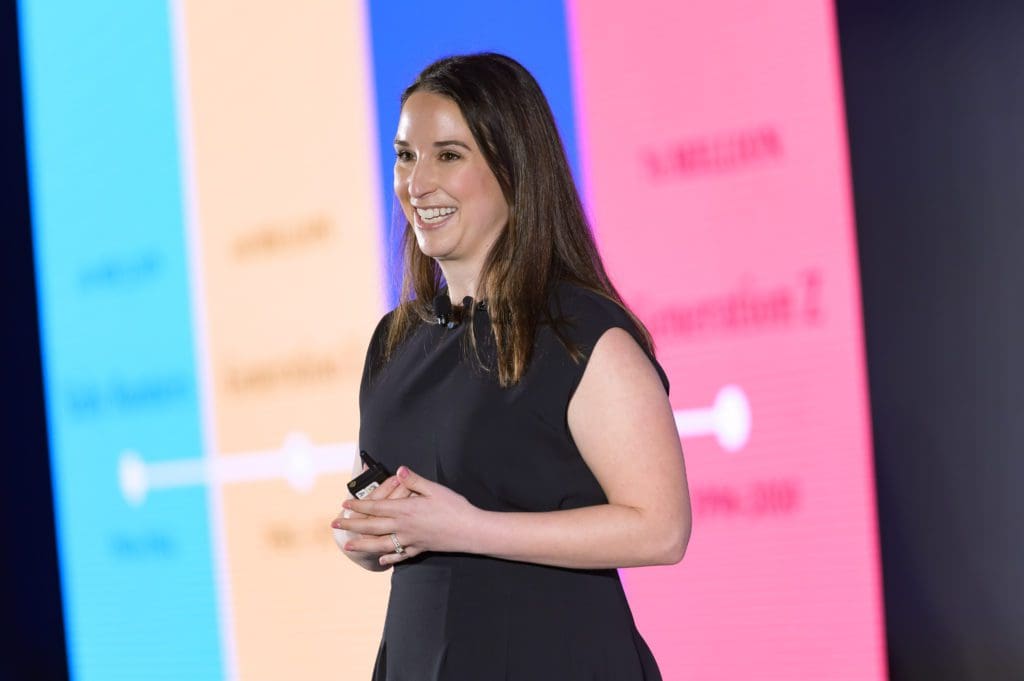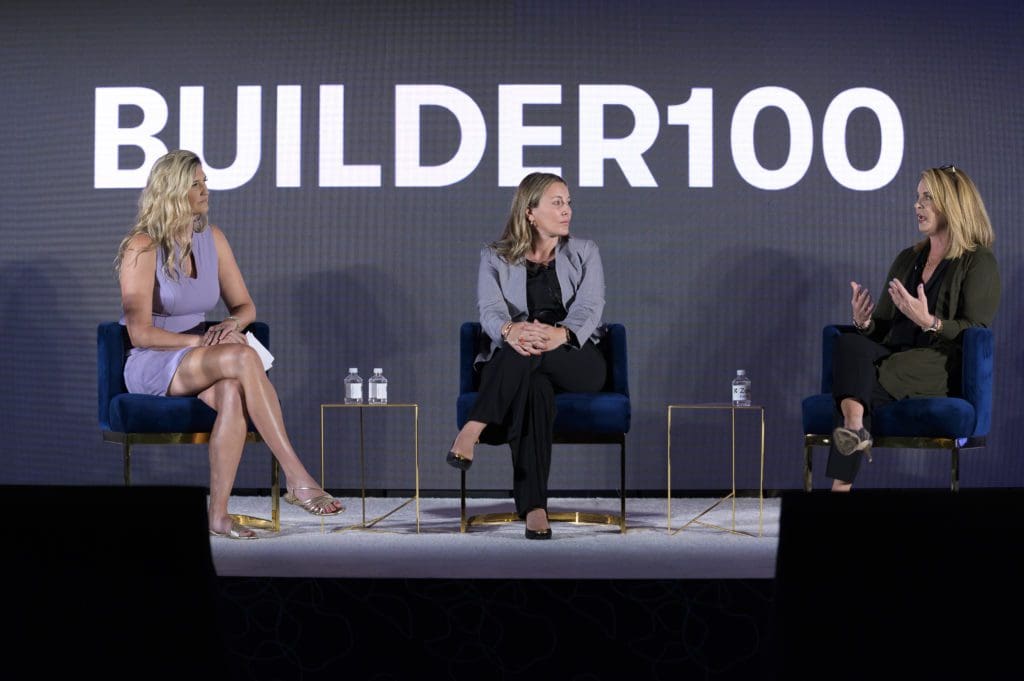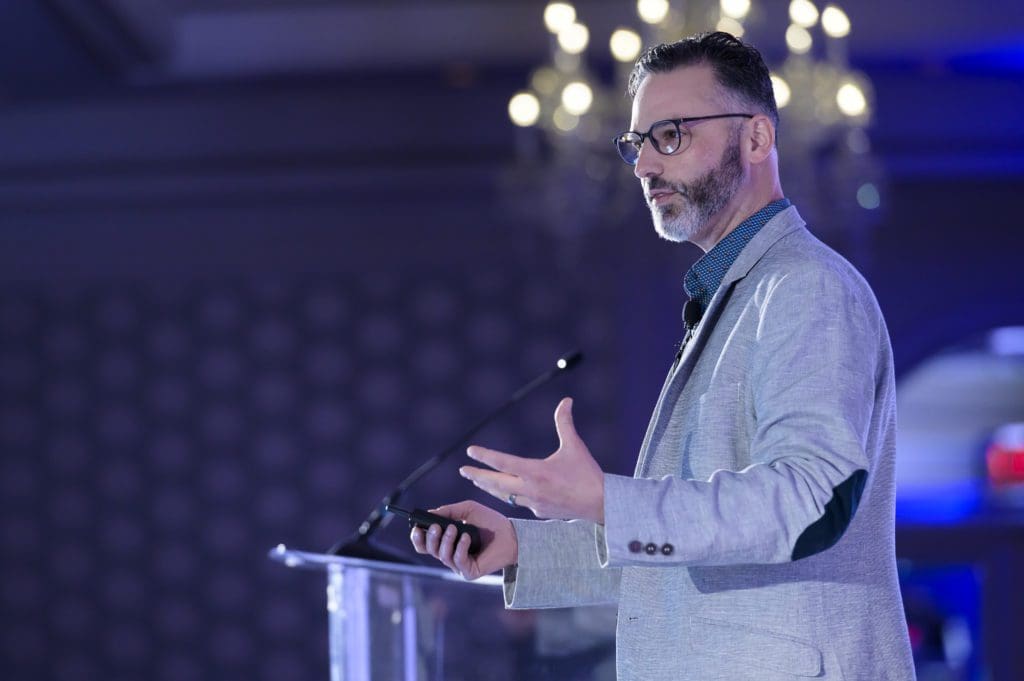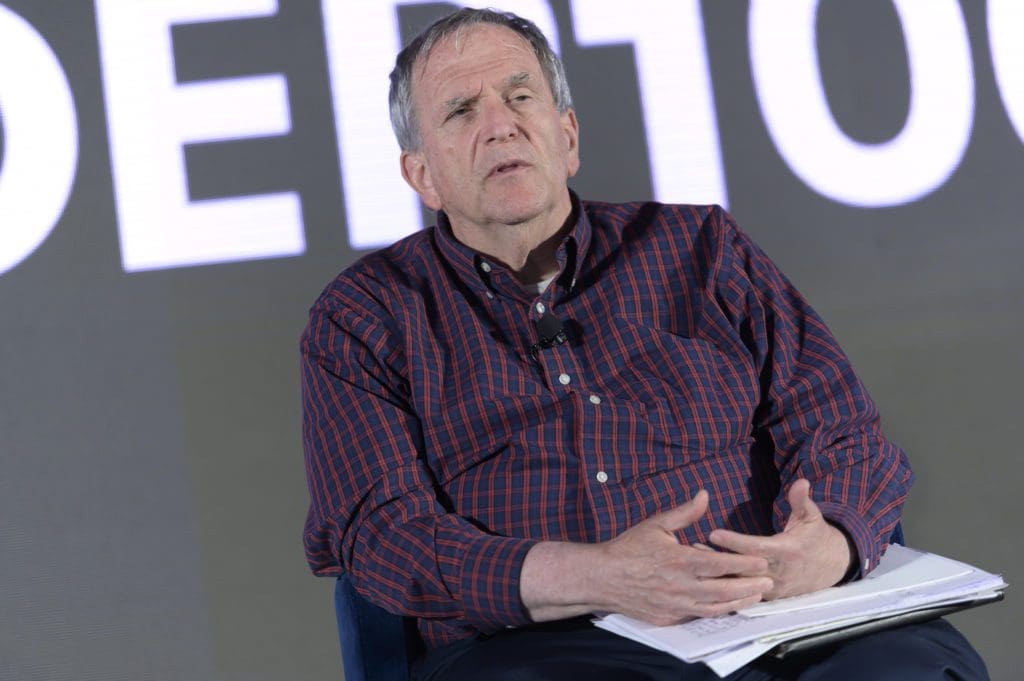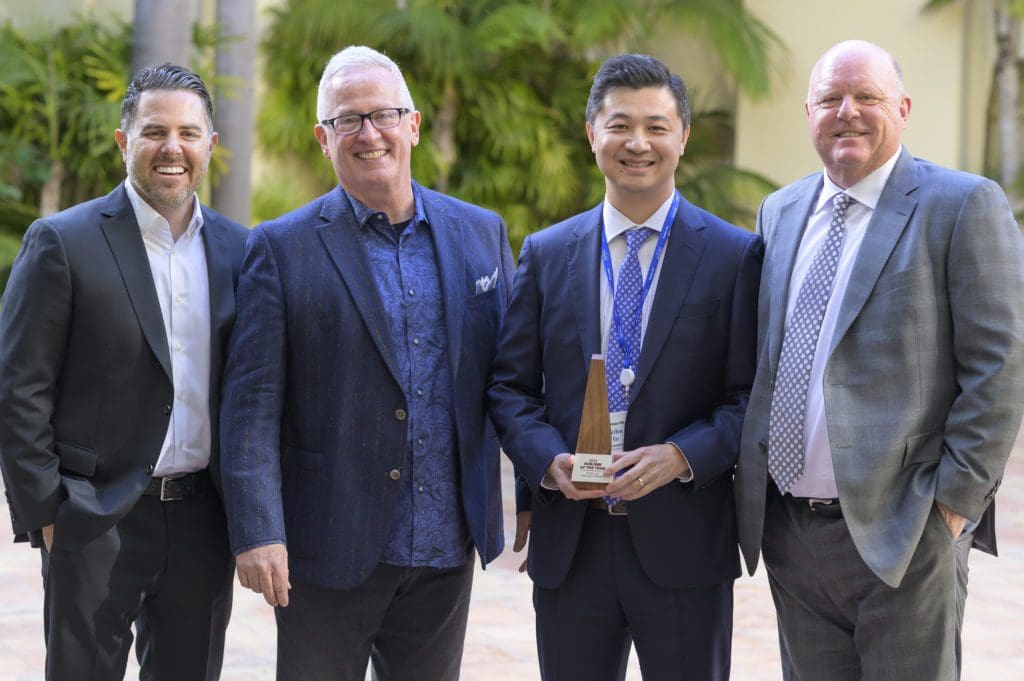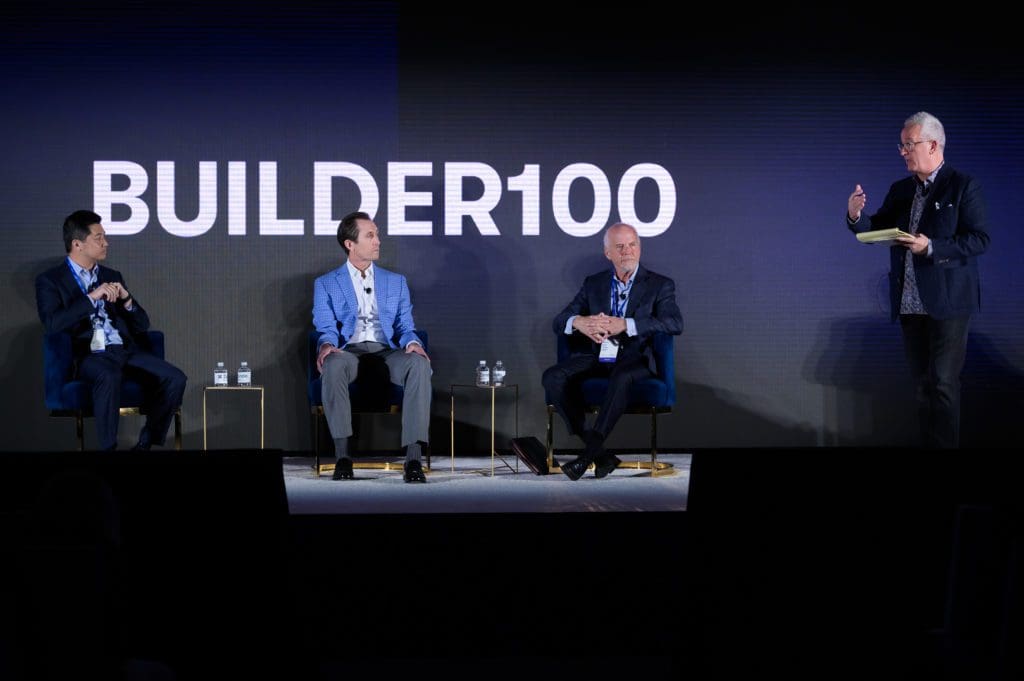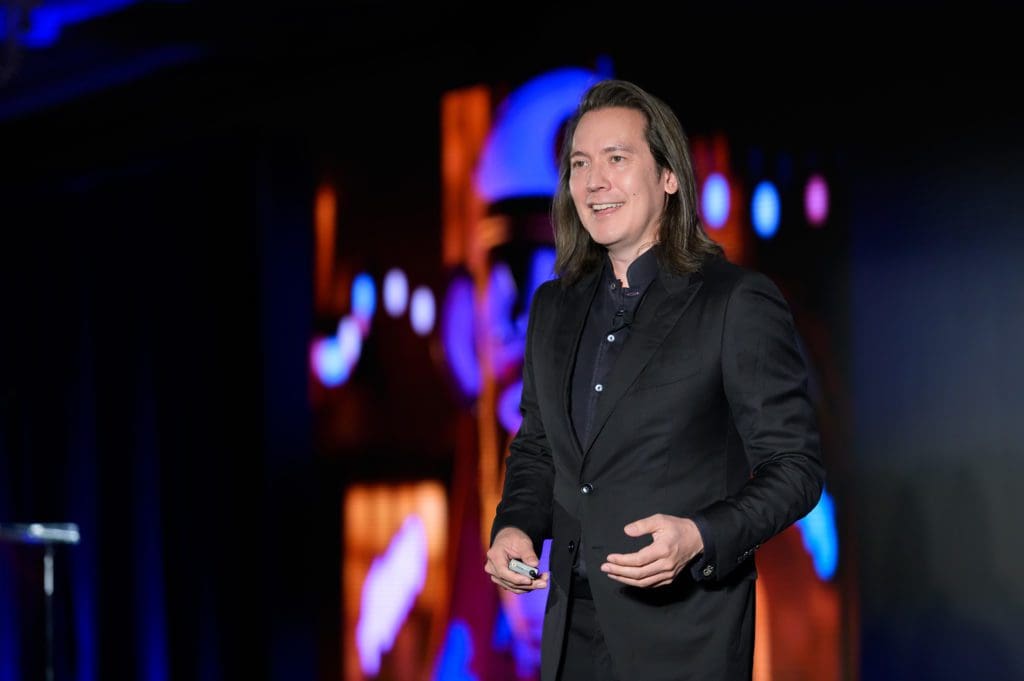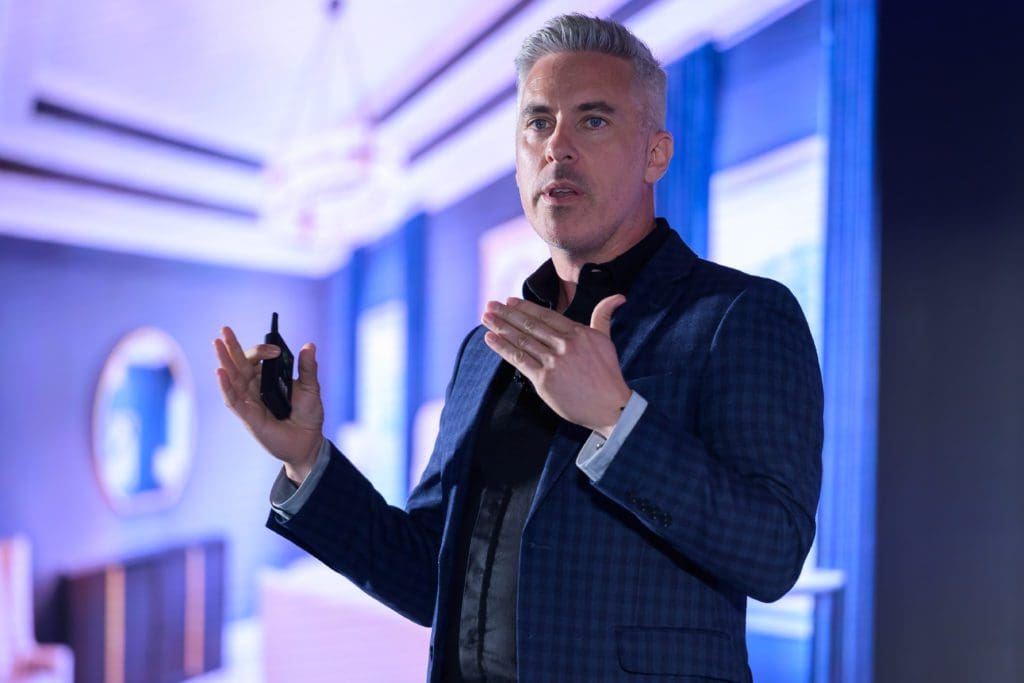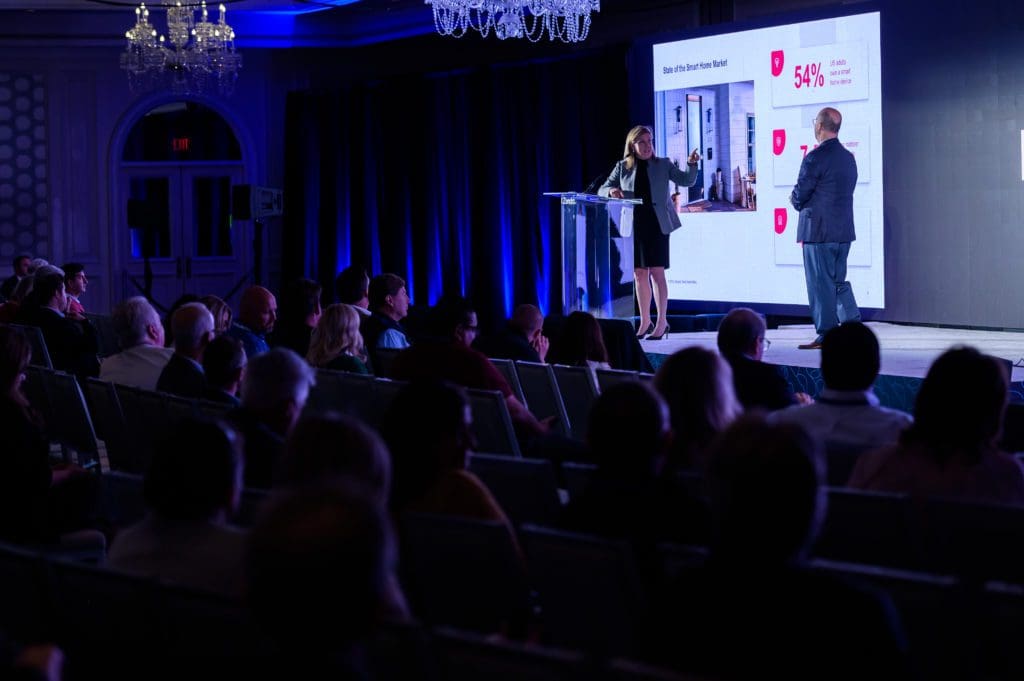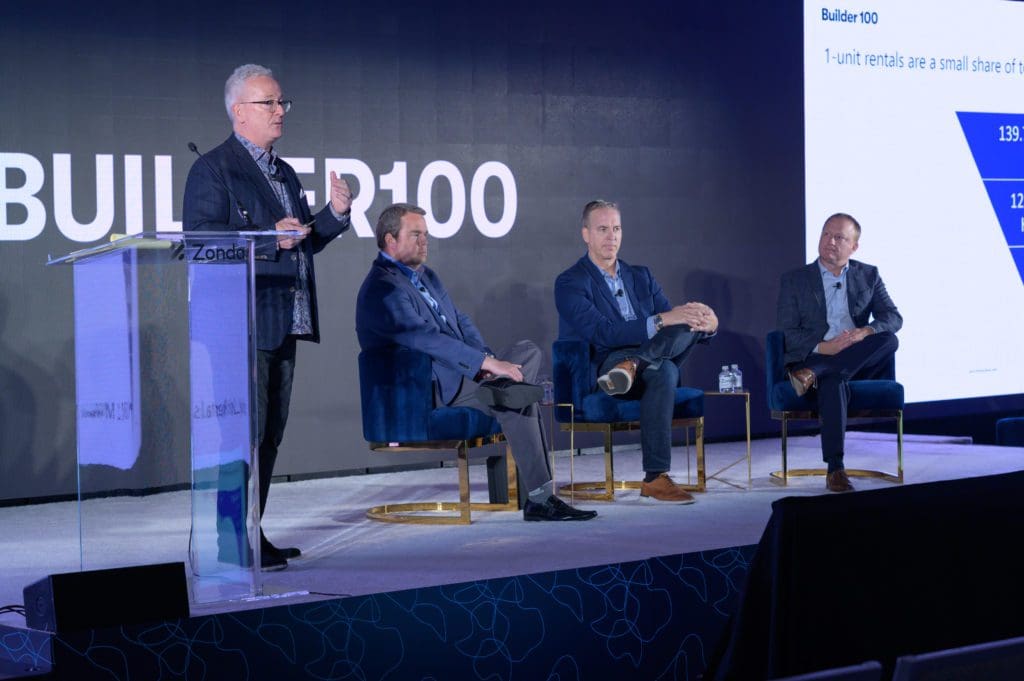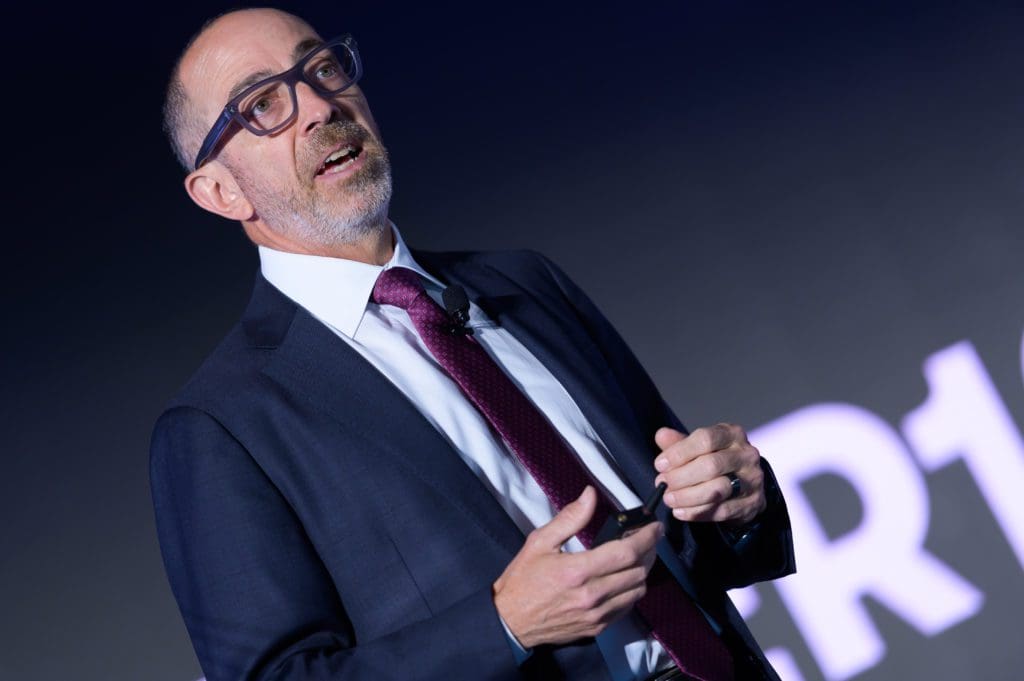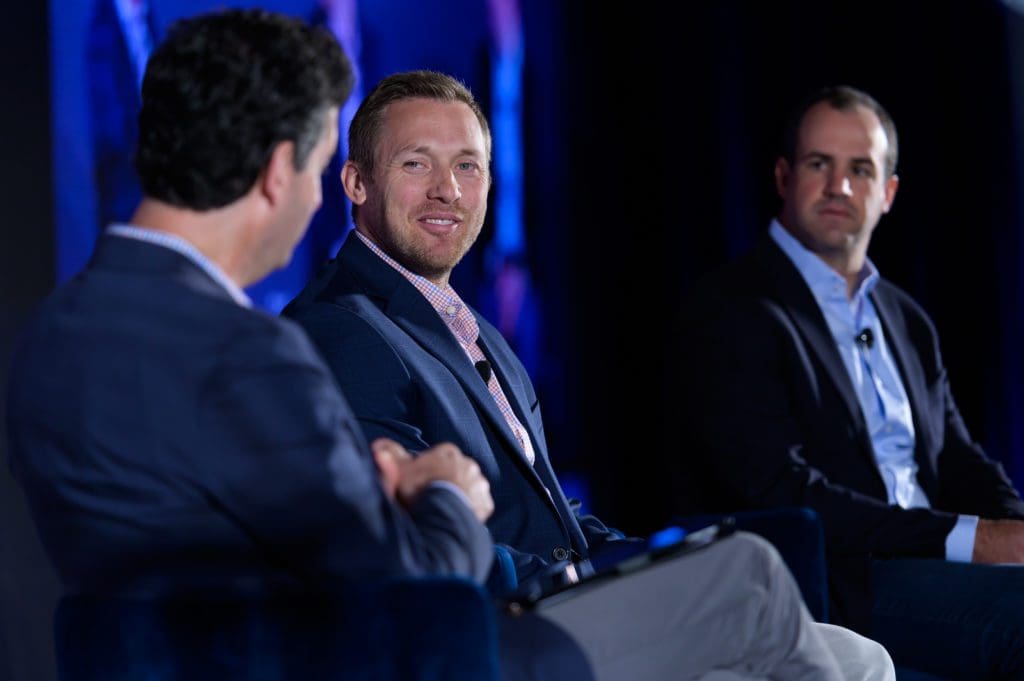Webinar Replay: Q3 2024 Masterplan Community Update
Economic Outlook for Housing
Ali Wolf, Chief Economist, Zonda
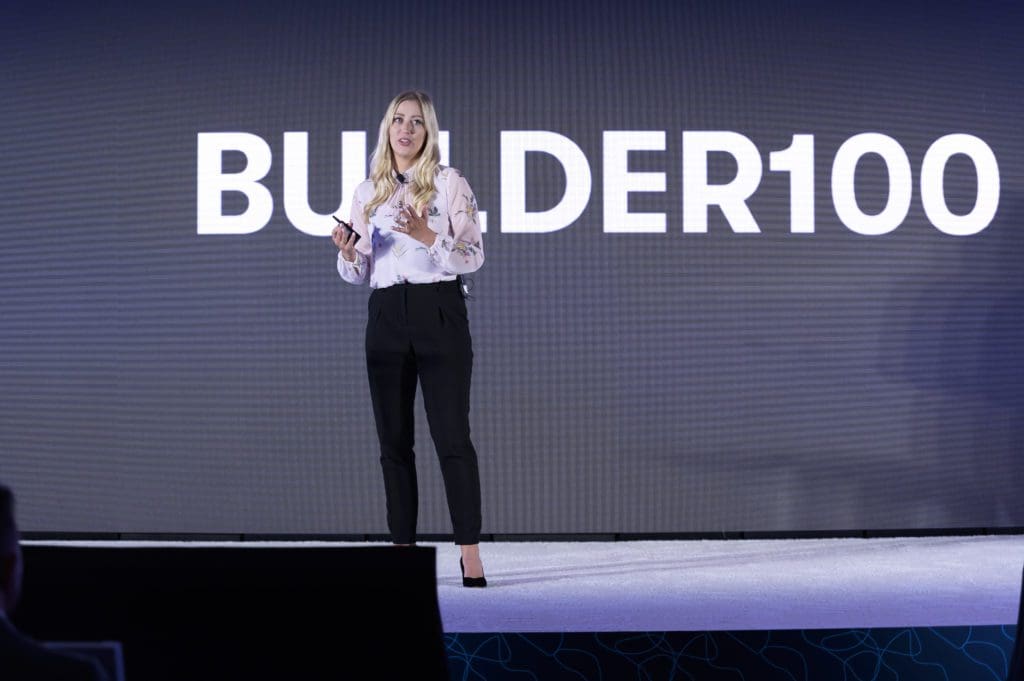
Key takeaways
- Inflation is up 6-9% year-over-year. It is at the highest level in 40 years. A healthy rate of inflation is 2-3%.
- The Fed is incrementally raising mortgage rates to stave-off inflation in hopes of a “soft landing” versus a “hard landing” (i.e., recession.) Monthly payments are up 30% since the beginning of the year due to higher interest rates.
- Forecast
- Calling for modest growth across the board, but with caution!
- Single-family starts 2-5% in 2022
- Sales dependent on supply, sales caps, and affordability
- New home sales +1.8% in 2022
- Calling for modest growth across the board, but with caution!
- The ‘If you build it, they will come’ mentality will run out. Demand won’t always be so high.
